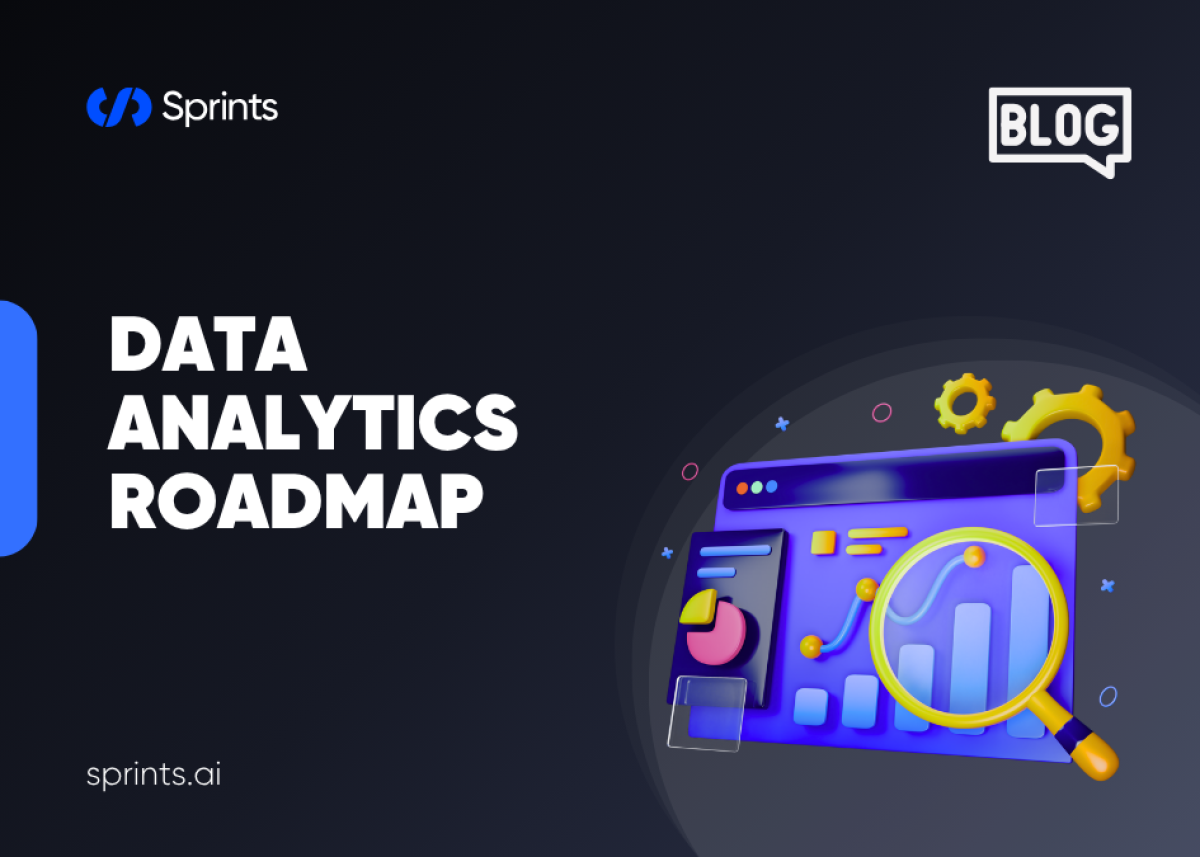
Stepping into data analytics can seem intimidating, but it doesn't have to be. Whether you're just getting started in your analytics career or looking to expand your existing knowledge, having a clear and practical data analytics roadmap makes your journey easier and more enjoyable.
In this guide, I'll share straightforward steps, real-world advice, and actionable tips that can help you develop your analytics skills confidently and efficiently.
Understanding Data Analytics: The Basics
Before diving into specifics, let’s clarify what exactly data analytics means.
So, What is Data Analytics Anyway?
Simply put, data analytics involves looking closely at data to identify patterns, trends, and insights. Companies across various industries—from marketing and finance to healthcare—use data analytics to make smarter decisions.
Your Step-by-Step Data Analytics Roadmap
Here’s a clear, actionable roadmap to guide your journey in becoming a skilled data analyst.
Step 1: Master Essential Analytics Skills
To launch a successful analytics career, you'll first need to get comfortable with some foundational skills.
Important skills for data analysts include:
Excel & Spreadsheets: Great for quick insights and basic analysis.
SQL: Essential for extracting data from databases.
Python or R Programming: Ideal for deeper analysis and handling large datasets.
Visualization Tools: Tableau and Power BI for telling stories visually.
Step 2: Get Comfortable with Key Data Analytics Tools
Analysts rely on powerful tools to simplify their work. Getting familiar with these tools will help you work smarter, not harder.
Tools commonly used in data analytics:
Excel & Google Sheets (for basic analysis)
SQL databases (MySQL, PostgreSQL)
Python libraries (like Pandas, NumPy, Matplotlib)
Visualization software (Tableau, Power BI)
Step 3: Learn Common Techniques and Methods in Data Analytics
Becoming an effective data analyst means understanding common analytical methods.
Common data analytics techniques:
Descriptive Analytics: Summarizing past data clearly.
Diagnostic Analytics: Finding reasons behind data trends.
Predictive Analytics: Forecasting future scenarios.
Prescriptive Analytics: Suggesting actionable solutions based on data insights.
Example:
Practice predictive analytics by forecasting monthly sales or website traffic using historical data.
Step 4: Choose Your Industry or Niche
Picking a specialization can significantly boost your analytics career prospects.
Popular specializations include:
Healthcare analytics
Marketing analytics
Financial analytics
E-commerce analytics
Real-world example:
If you're fascinated by online shopping trends, focus on e-commerce analytics to help companies improve their sales strategies.
Creating Your Data Analytics Portfolio
A strong portfolio proves your analytics skills to potential employers.
How to build a great analytics portfolio:
Showcase clear, insightful visualizations.
Highlight practical projects or case studies.
Use interactive dashboards (Tableau, Power BI) or simple Python scripts.
Networking and Career Growth Tips for Data Analysts
Networking is key to growing your analytics career.
Effective networking tips:
Attend local meetups or industry webinars.
Join active data analytics groups on LinkedIn.
Connect directly with experienced analysts for mentorship.
Certifications: A Great Way to Boost Your Analytics Career
Certifications help you stand out and validate your skills.
Top data analytics certifications:
Google Data Analytics Professional Certificate
IBM Data Analyst Professional Certificate
Microsoft Certified Data Analyst Associate
Accelerate Your Data Analytics Career Growth
Want faster career growth? Here’s what you can do:
Constantly improve your analytics skills.
Seek constructive feedback.
Keep learning about emerging analytics trends.
Common Challenges (and How to Overcome Them)
Every analyst faces challenges—here’s how to tackle the most common ones:
Messy data: Learn structured cleaning and preprocessing methods.
Communicating insights: Focus on improving your storytelling skills through clear visuals and relatable examples.
Rapidly changing tools: Stay engaged with training courses or workshops to keep your skills fresh.
What Salary Can You Expect in Data Analytics?
Knowing your earning potential helps guide your career choices. Here's what typical salaries look like (in the U.S., 2024):
Entry-level analysts: $60,000–$75,000 annually
Mid-level analysts: $80,000–$110,000 annually
Senior analysts: $115,000+ annually
Conclusion: Ready to Launch Your Data Analytics Journey?
Congratulations—you now have a clear and practical data analytics roadmap! Remember, becoming an effective data analyst is a continuous journey involving constant learning and practice. By mastering essential skills, building your portfolio, networking effectively, and staying informed about industry trends, you're setting yourself up for success.



